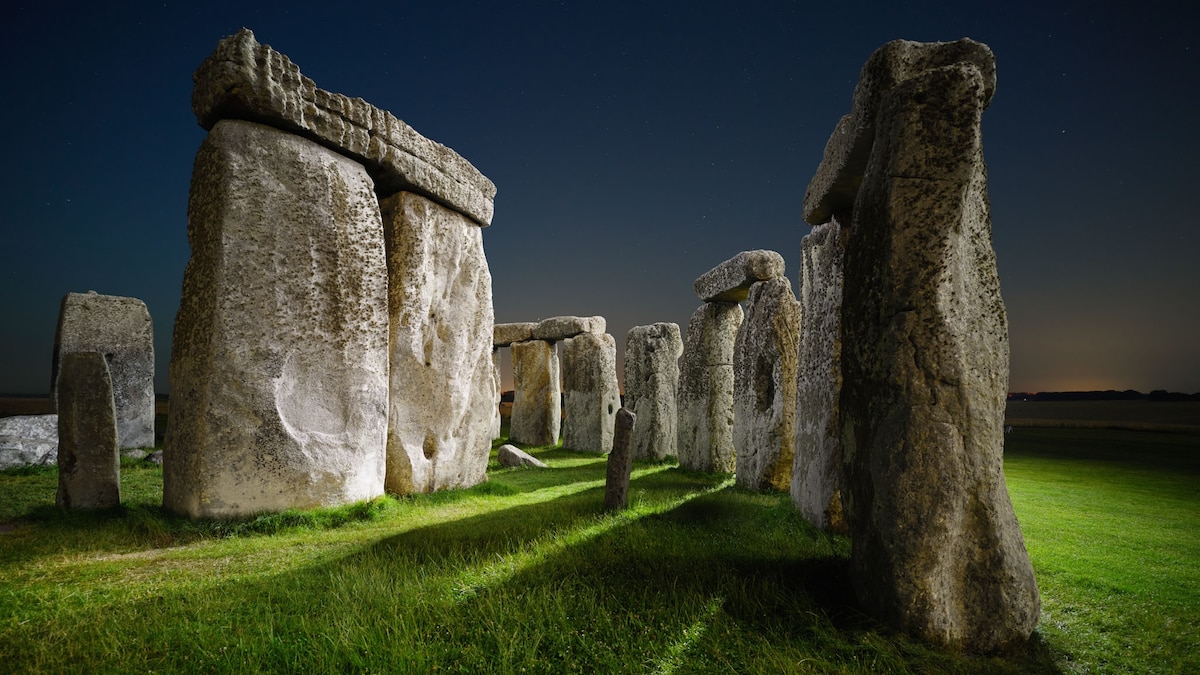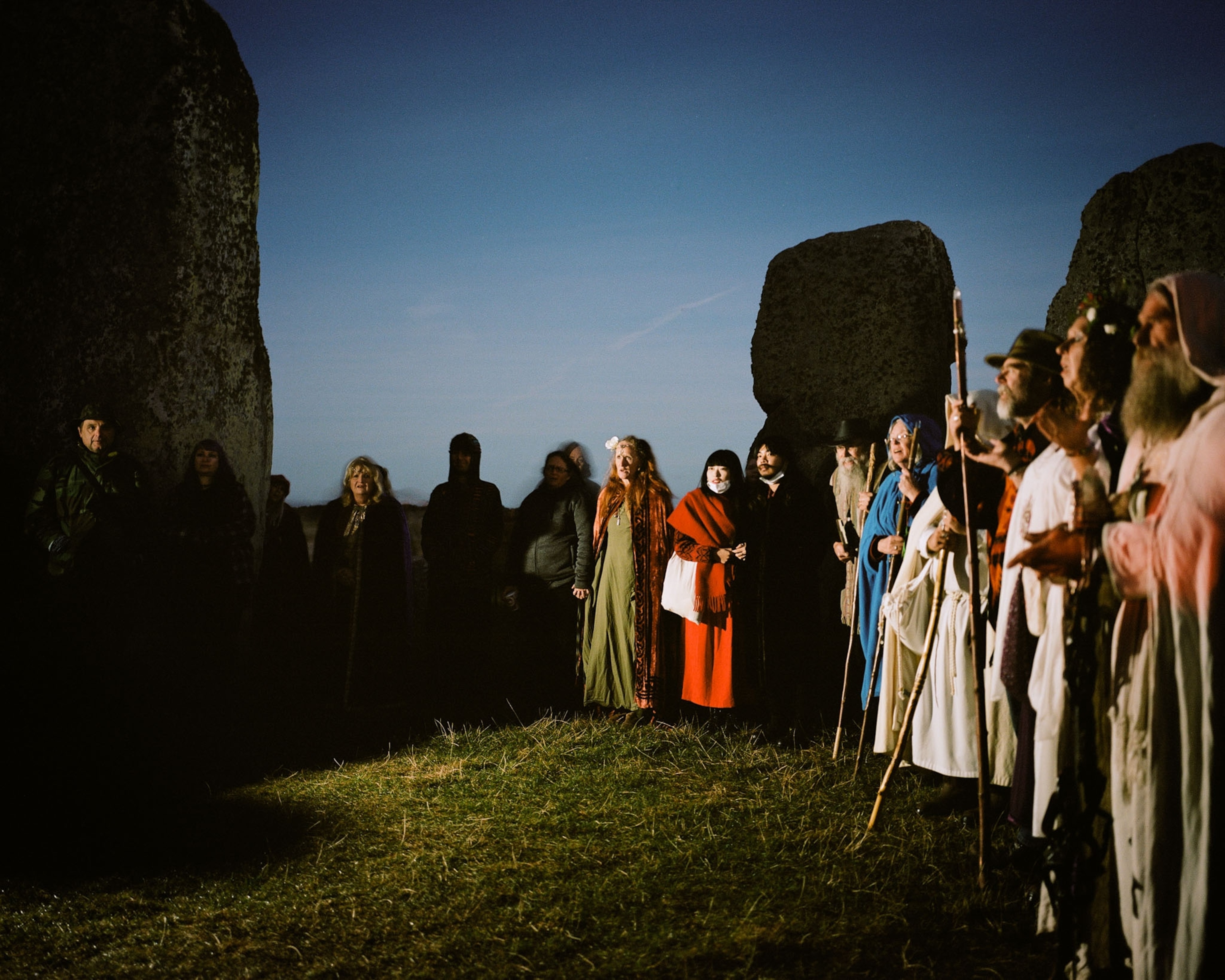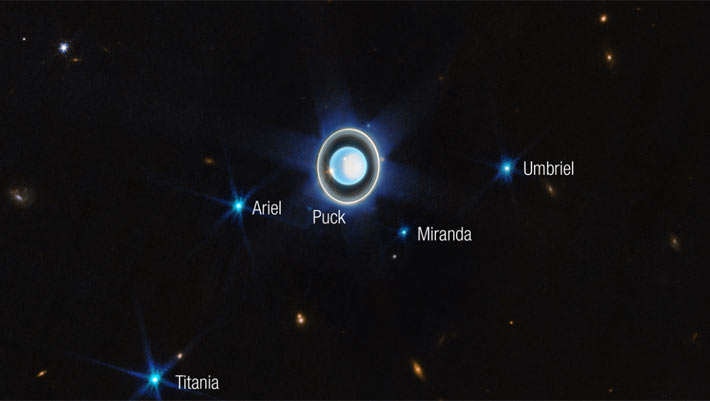Now Reading: Why spiritual tourism is on the rise, from Stonehenge to Sedona
-
01
Why spiritual tourism is on the rise, from Stonehenge to Sedona
Why spiritual tourism is on the rise, from Stonehenge to Sedona

As the sun rises at Chaco Canyon, shadows stretch across ancient sandstone with such precise astronomical alignment that it’s easy to believe it was designed for a cosmic purpose. At Machu Picchu, the intricate stonework and mountaintop design reveal feats of engineering that leave visitors in quiet reverence. Sedona’s red rocks hum with rumored energy vortexes. On the Salisbury Plain, Stonehenge casts shadows both on the landscape and on its original purpose.
Across the world, places like these stir similar feelings—that something ancient and wise lingers. These destinations are charged with a sense of awe and draw travelers to them en masse. But why are certain places magnetic to the human spirit? What are we seeking when we visit them, and what do we find that keeps us coming back?

Rituals and celebrations, like the pictured autumnal equinox, can make visitors feel more connected to a place.
Photograph by Alice Zoo, Nat Geo Image Collection
Turning to nature for connection
In a world grappling with disconnection and digital overload, there has been a steady rise in spiritual tourism and pilgrimages. People are turning to sacred places not just to see the history, but to experience something bigger than themselves.
“Humans believe that the sacred is an energy that inhabits particular places or buildings,” says Jeffrey Kripal, the J. Newton Rayzor Chair in Philosophy and Religious Thought at Rice University and author of How to Think Impossibly, among a dozen other books. “It’s innate in human nature to return to these sacred places. We somehow need this as human beings.”
“Mountains, large bodies of water, and canyons frequently inspire this reverence,” says Susannah Crockford, an anthropologist specializing in religion, ecology, and political economy. She adds that such geographical features often stir deep emotional responses in the human brain. “They are very vast, very affecting.”
It’s not just natural features that move us. Human-built structures, like Indonesia’s Borobudur Temple or Turkey’s Göbekli Tepe, imbue a landscape with meaning in such a way that it creates this sense of awe, says Sabina Magliocco, a professor of anthropology and religion at the University of British Columbia. “Cathedrals, temples, and mosques are constructed to create this sense of connection to something greater than oneself,” says Magliocco.
Across cultures and centuries, we design places to hold our sense of mysticism.

Human-built structures can also create a sense of connection.
Photograph by Dean Conger, Nat Geo Image Collection
The importance of storytelling
Once a place is considered sacred, that feeling tends to linger, even if the use or message shifts. That’s why we are drawn to ancient sites and why sacred places are often built upon one another, both literally and symbolically.
While many of these places are extraordinary on their own, it is often the stories we tell and the rituals we repeat that make them sacred. “People make places sacred,” Magliocco says. “We create place through space personally.” We do this in our everyday lives, for example, by becoming regulars at coffee shops. It’s our way of saying ‘I belong here.’
Cultures also create this sacred meaning on the larger landscape through collective storytelling. These narratives link physical locations to divine beings, heroic events, or spiritual transformations. A place becomes sacred through repetition when stories are retold and rituals reenacted. The acts themselves imprint meaning. Over time, that meaning deepens. Eventually, people build structures to house these rituals, laying foundations for sacred spaces for future generations to connect with.
The lens of our viewpoint matters
Why we’re drawn to these mystical places often depends on whom you ask, says Crockford. Religious people might say the experience is due to God or a divine presence there. A psychologist might say the feeling is simply your brain’s response to awe. An anthropologist will tell you it’s society projecting itself onto its gods.
“There isn’t one answer as to why these spaces are sacred. When someone tells you an answer, the answer tells you more about the person you’ve asked, rather than the space itself,” Crockford says.


Pilgrimages can foster a deep sense of meaning and connection to a place, like the Chandragup mud volcano or the Camino de Santiago.
Photograph by Matthieu Paley, Nat Geo Image Collection (Top) (Left) and Photograph by Matthieu Paley, Nat Geo Image Collection (Bottom) (Right)
In that sense, sacredness is like a mirror, which helps explain why so many different people are intrigued by these spaces. People project meaning onto a site and then see their beliefs reflected back. A yogi feels energetic alignment on a quiet mountainside. A traveler walking the Camino de Santiago may feel something sacred not from the churches, but from the journey itself.
Kripal agrees. It’s not just the place—it’s the interaction that creates the experience. “I suspect it’s a relationship between the person and the place,” he says
That relationship can be self-reinforcing. The more people who report spiritual experiences at a location, the more others come seeking that same connection. That expectation, Crockford says, makes it more likely they will experience something spiritual.

Machu Picchu in Peru is dotted with ancient Incan ruins.
Photograph by Jonathan Irish, Nat Geo Image Collection
Spiritual and mystical experiences are deeply personal
That doesn’t make it any less real. “These experiences are personal and individualized. You can’t run a replicable experiment to prove someone’s mystical experience,” Crockford says. “But that doesn’t invalidate it.”
Science, by its nature, destabilizes sacred stories. It offers a grand, cohesive narrative—like the Big Bang or evolution—that leaves less perceived room for myth.
This tension has the potential to undermine the meaning of sacred places. And yet, countless people continue to experience profound, unexplainable moments at these sites. That sense of being connected to something larger than us, something enduring, is appealing and can feel rare in modern life. Sacred places meet this very human need, offering a moment outside of time and a space where the constant search for proof dissolves.
The good news, Magliocco says, is that sacredness isn’t limited to Machu Picchu or Stonehenge. “We can make a meaningful place out of anywhere,” she says.
“The real mecca,” Kripal adds, “just might be in the heart.”
Tiffany Nieslanik is a freelance writer drawn to stories that begin with the question, “Why?” With a deep curiosity for the human experience, she explores narratives at the intersection of science and personal transformation. She can usually be found wandering historic streets with her family, petting stray animals, or getting lost in a local bookstore.























